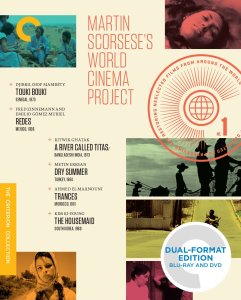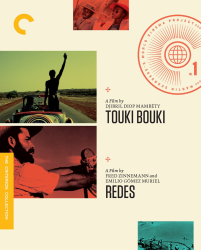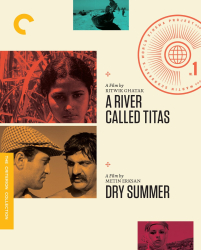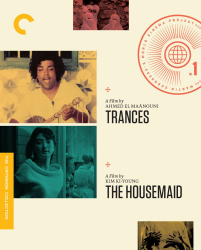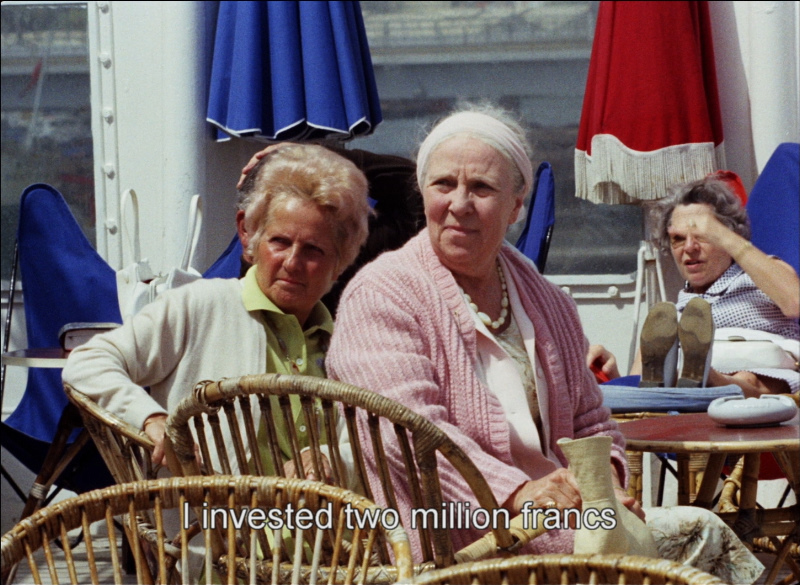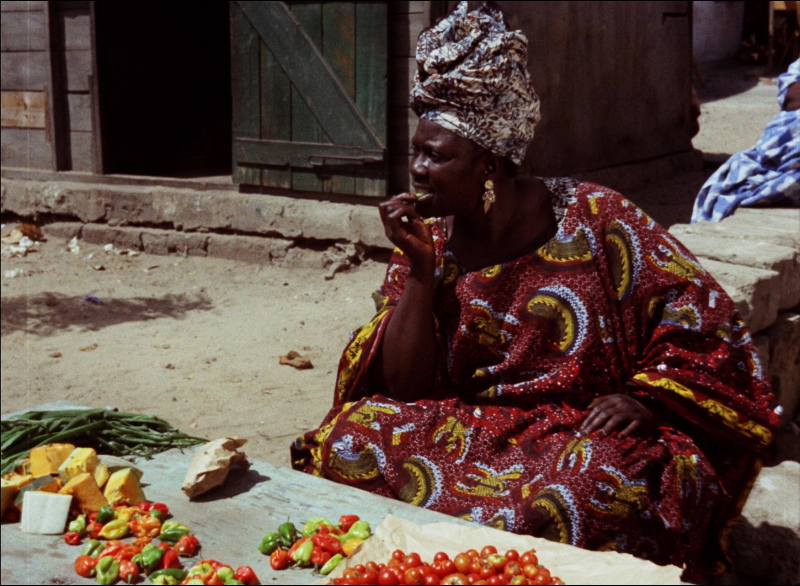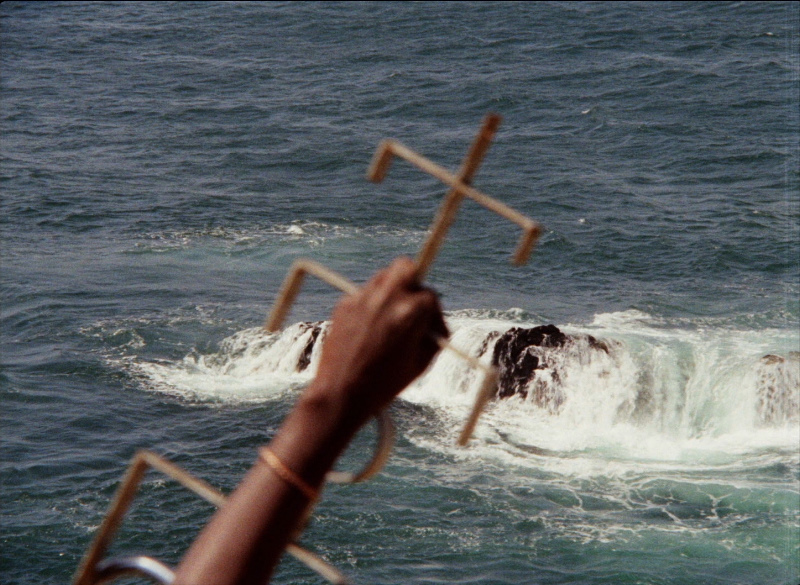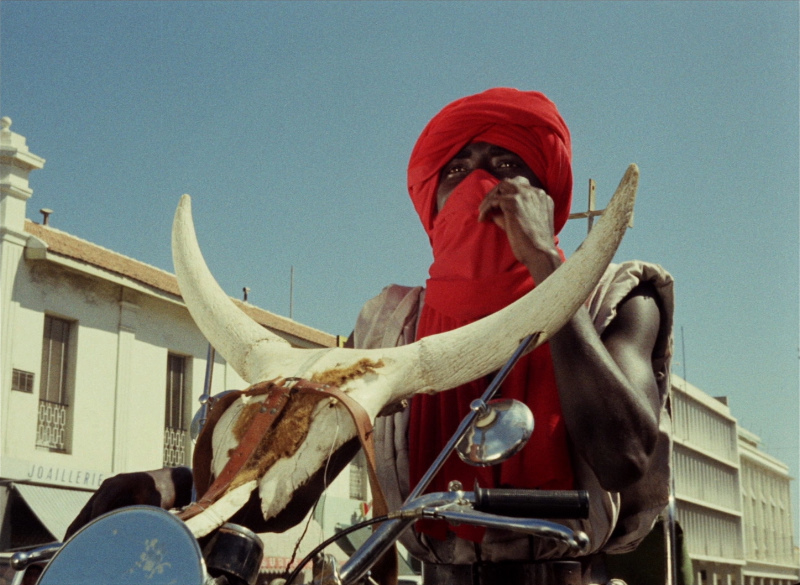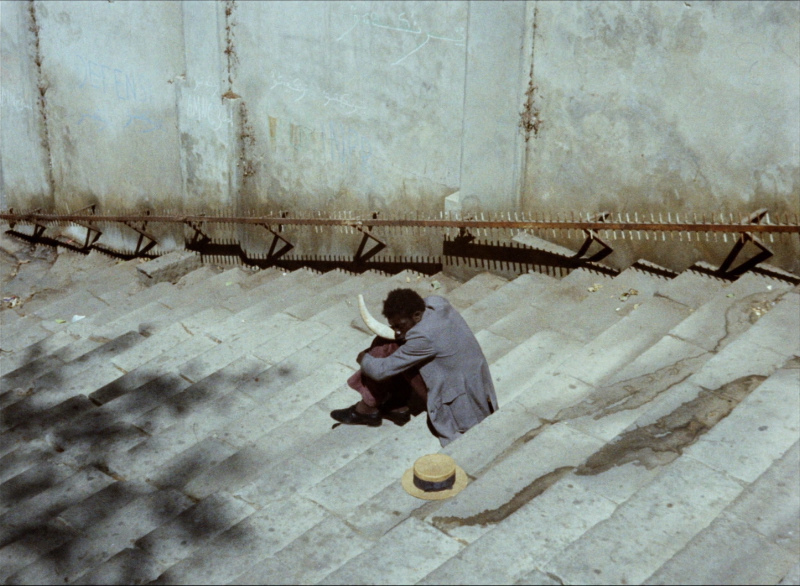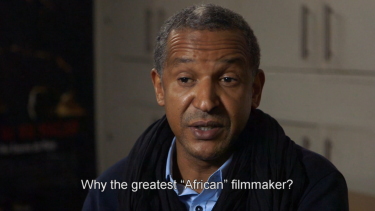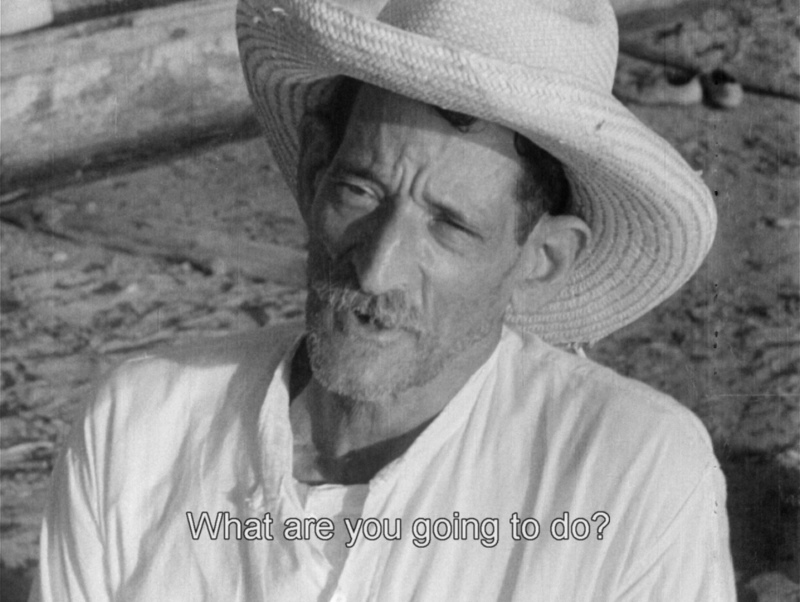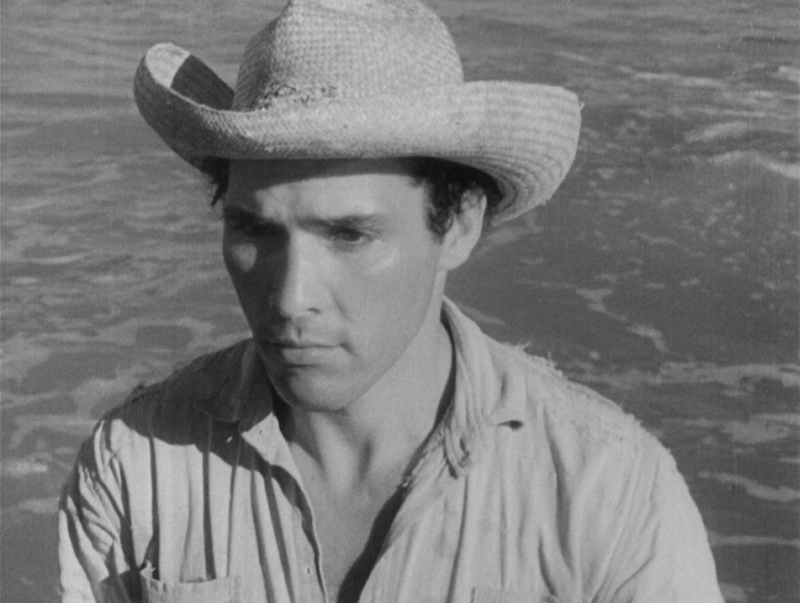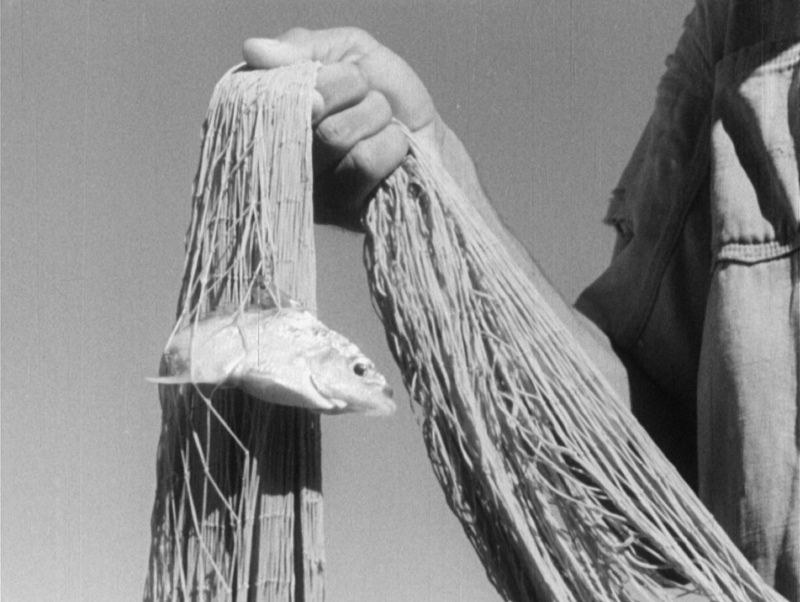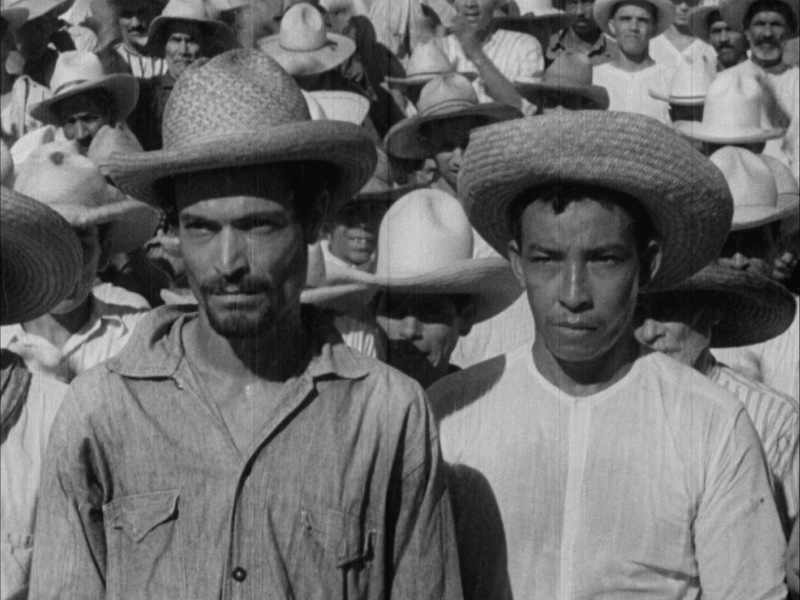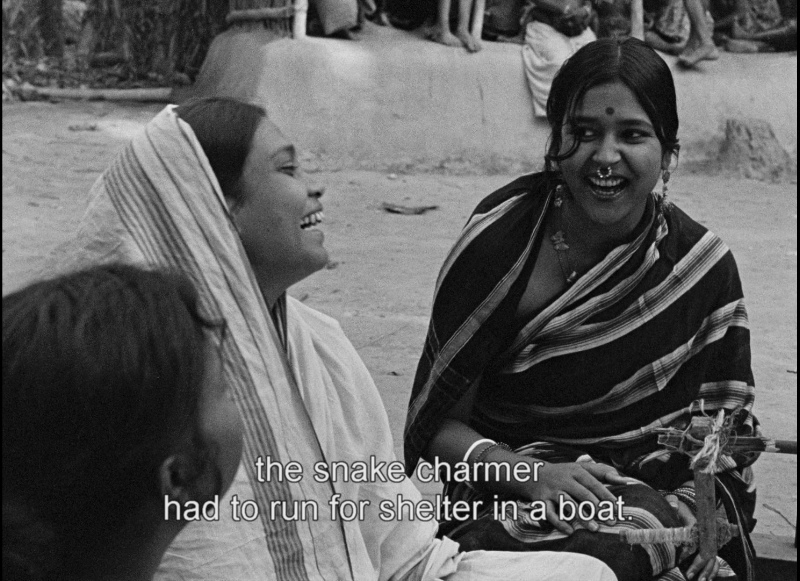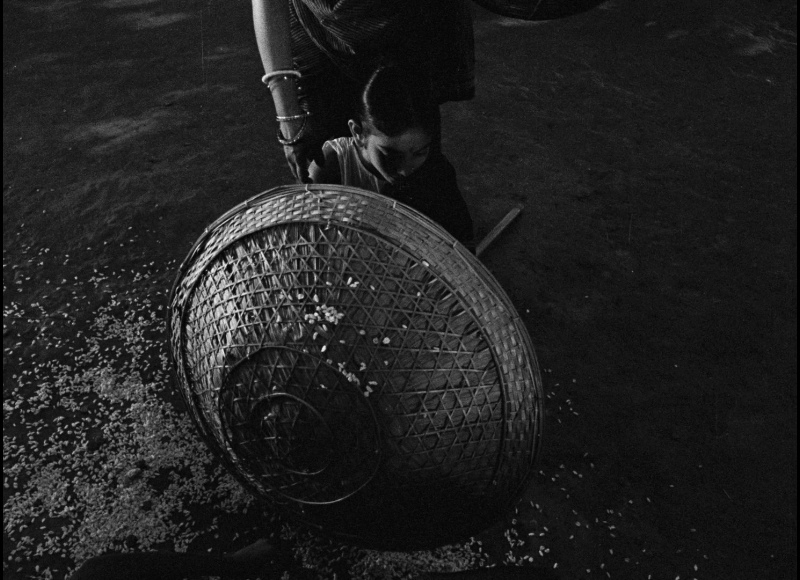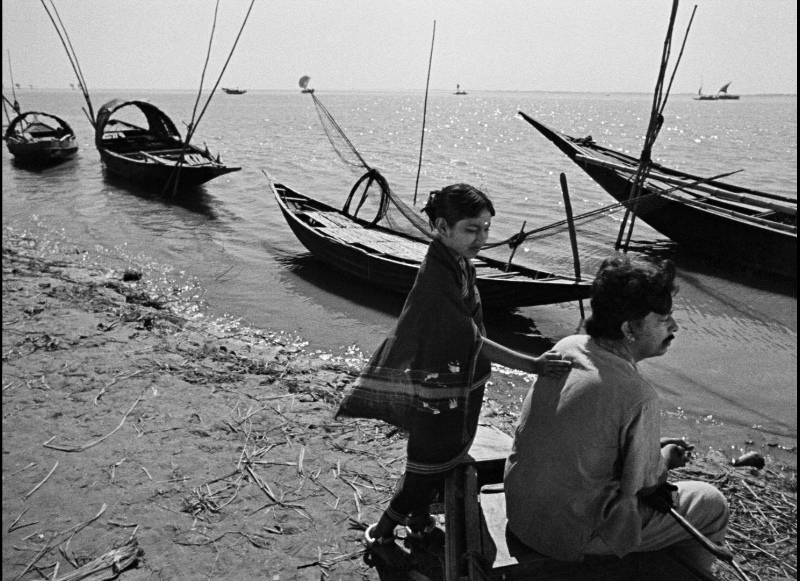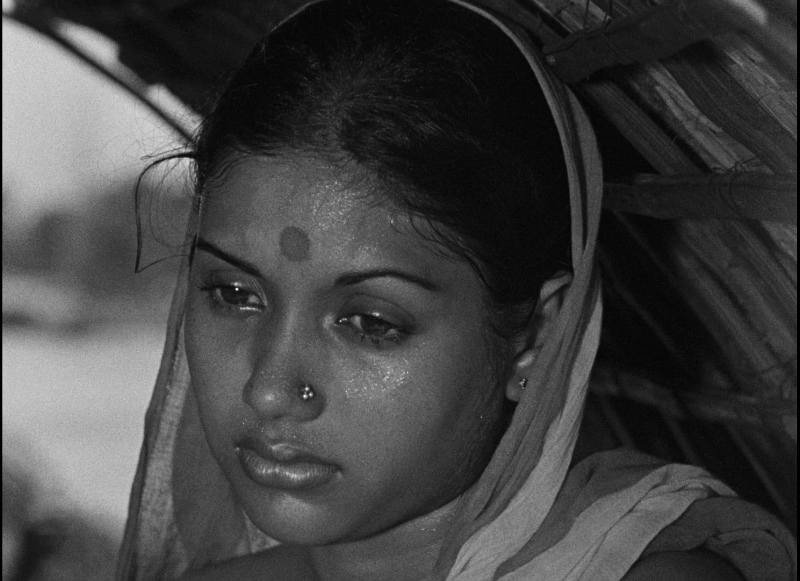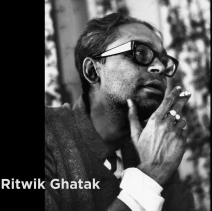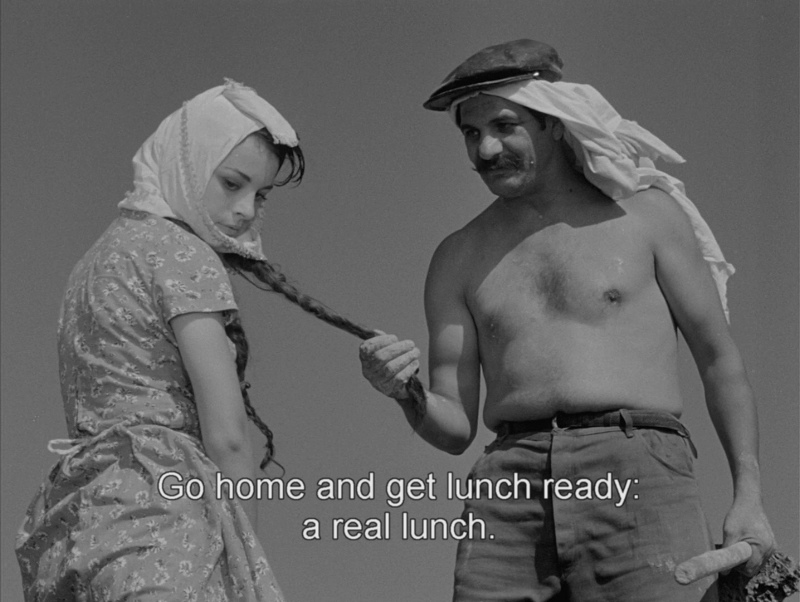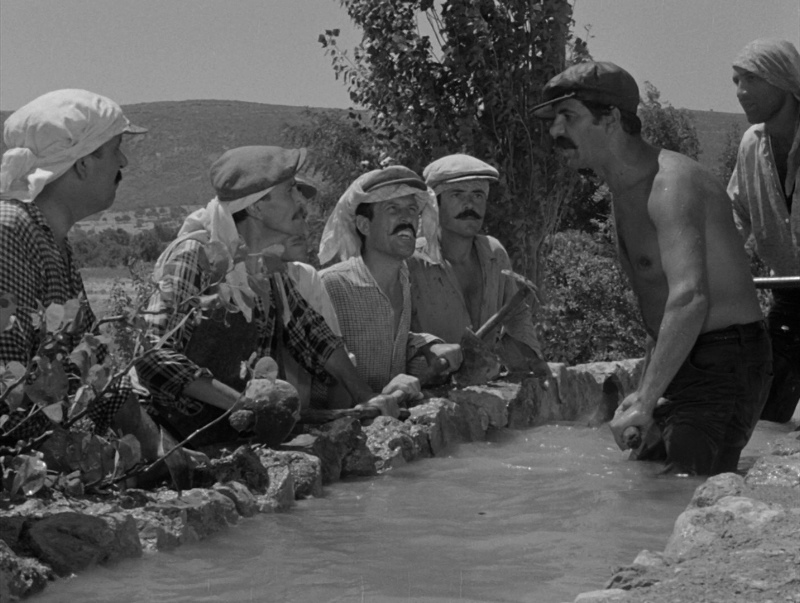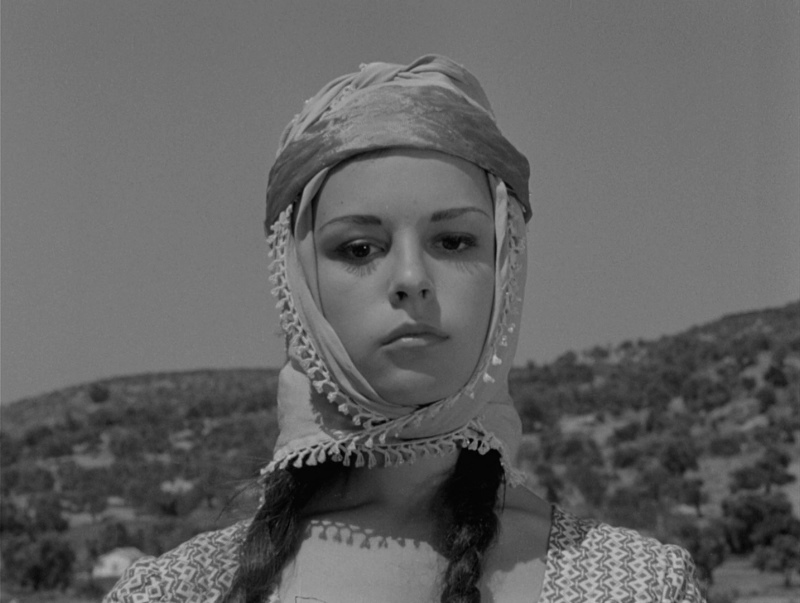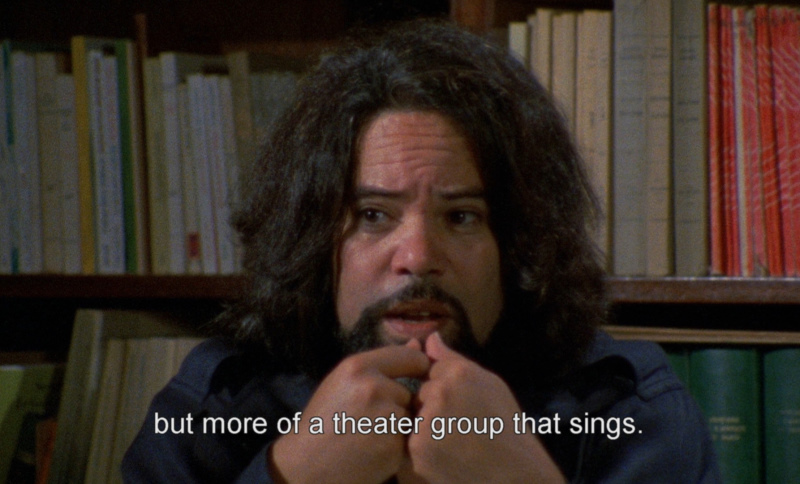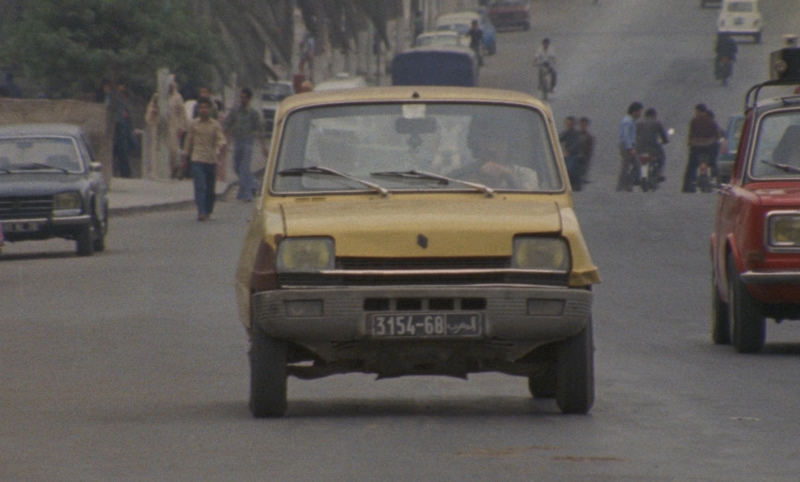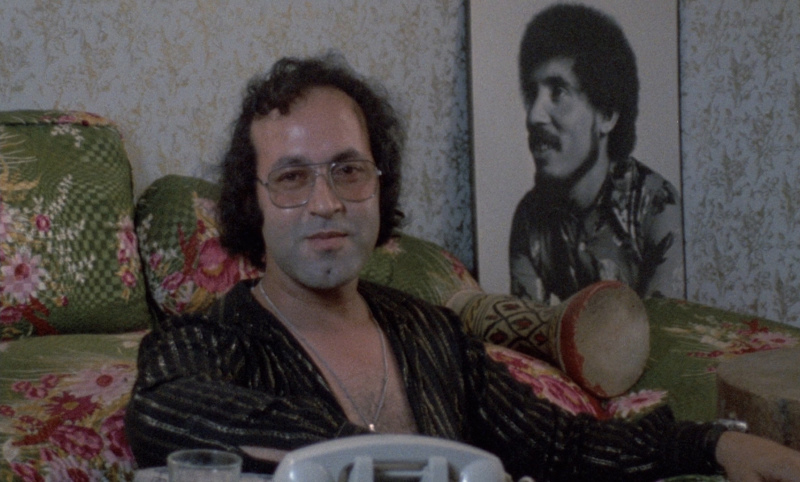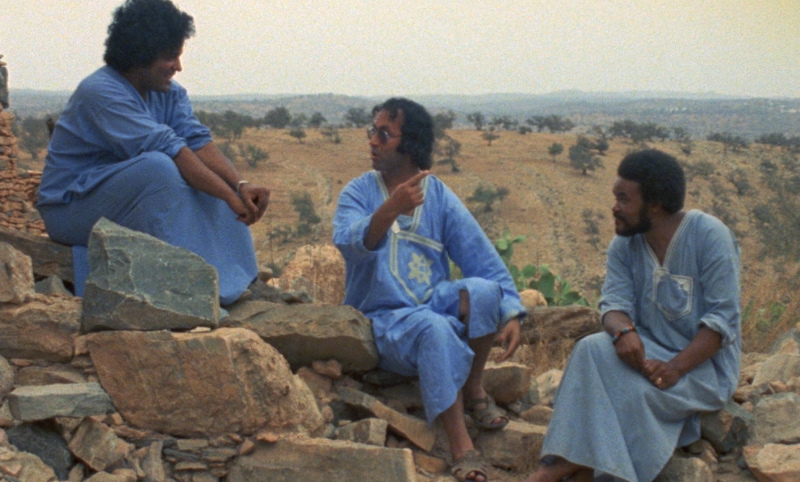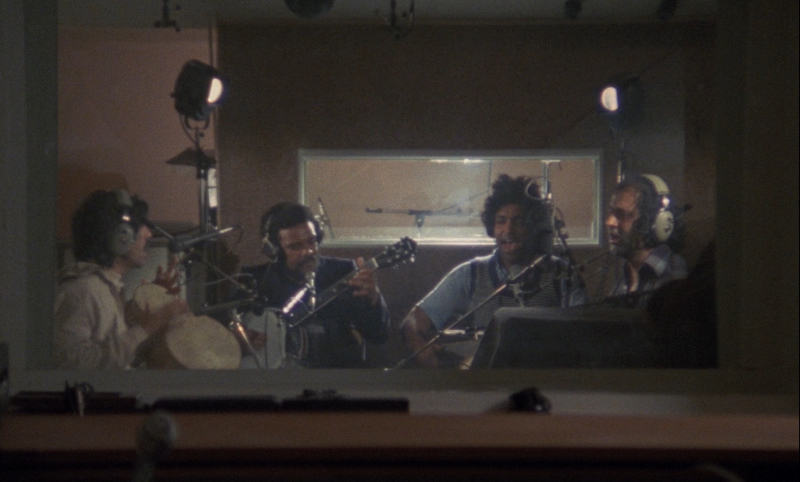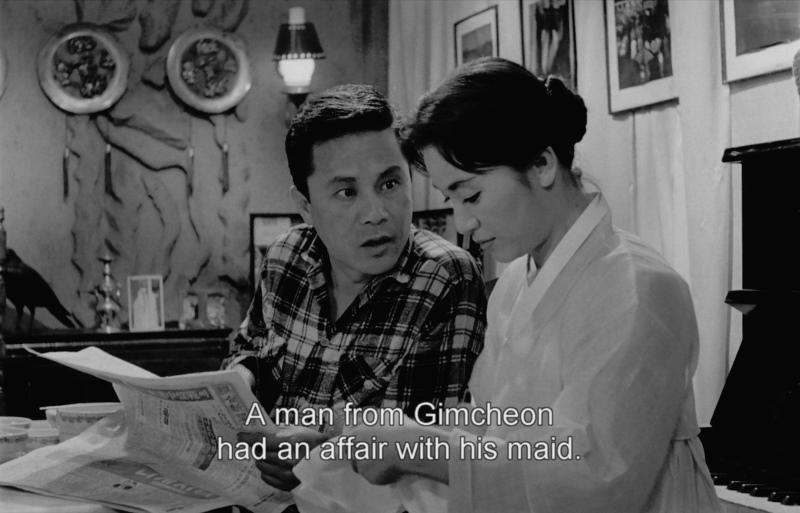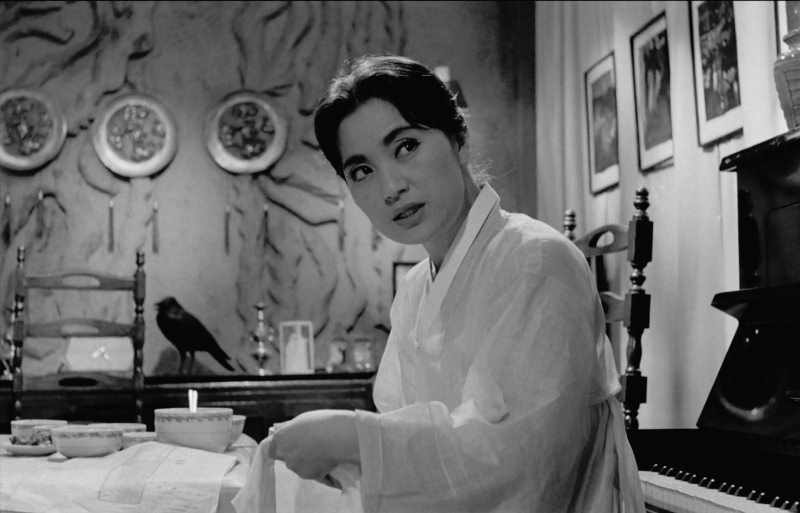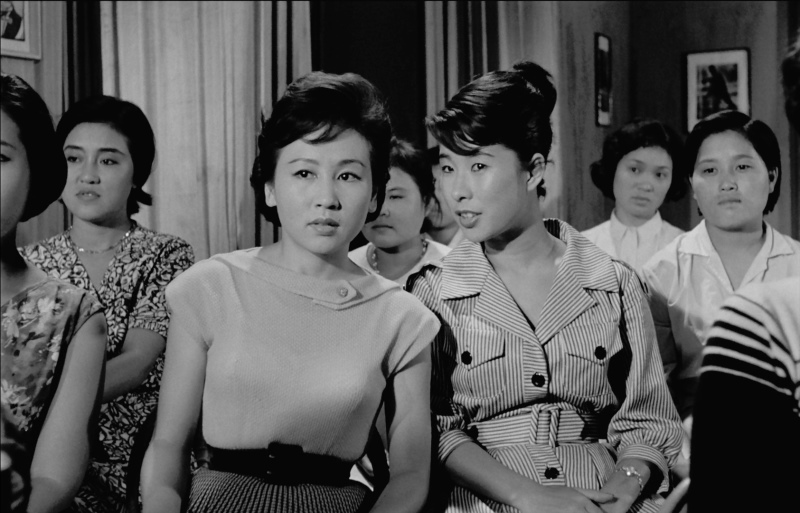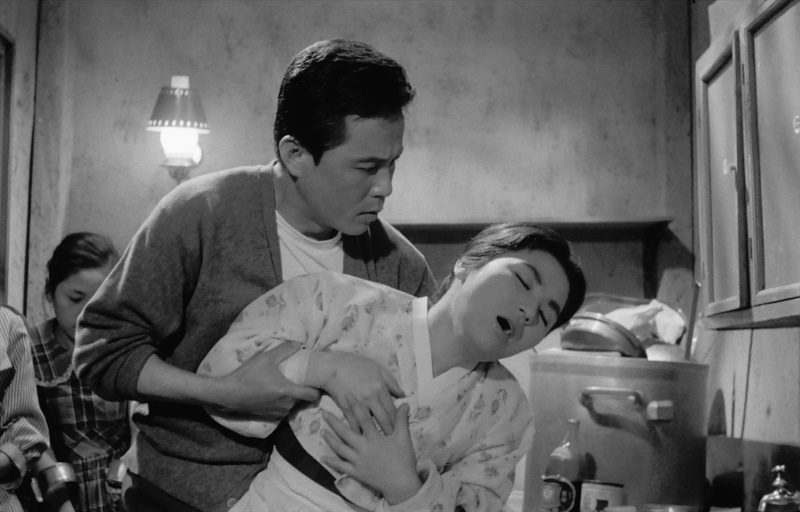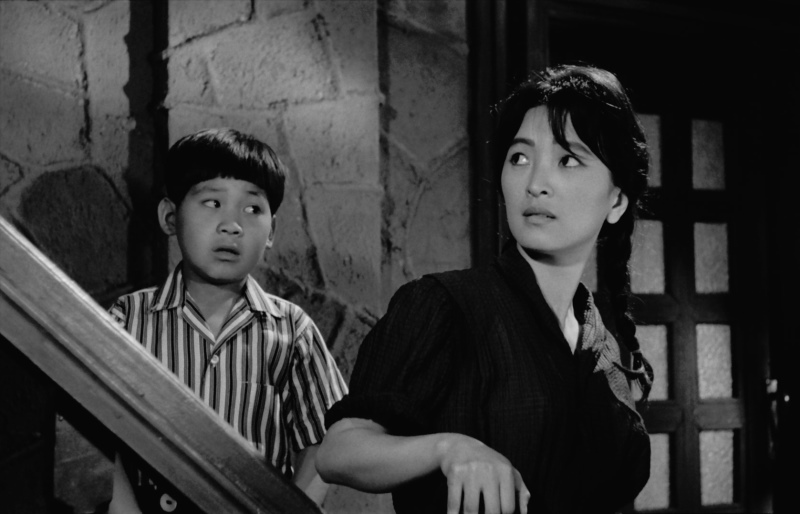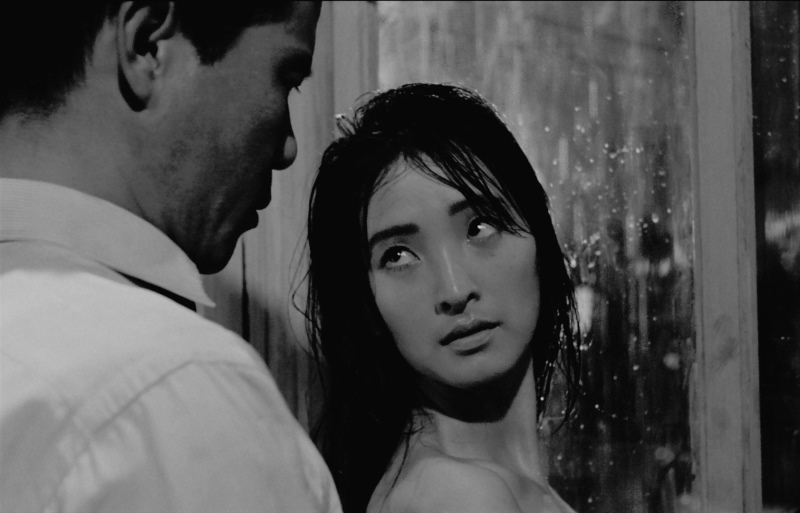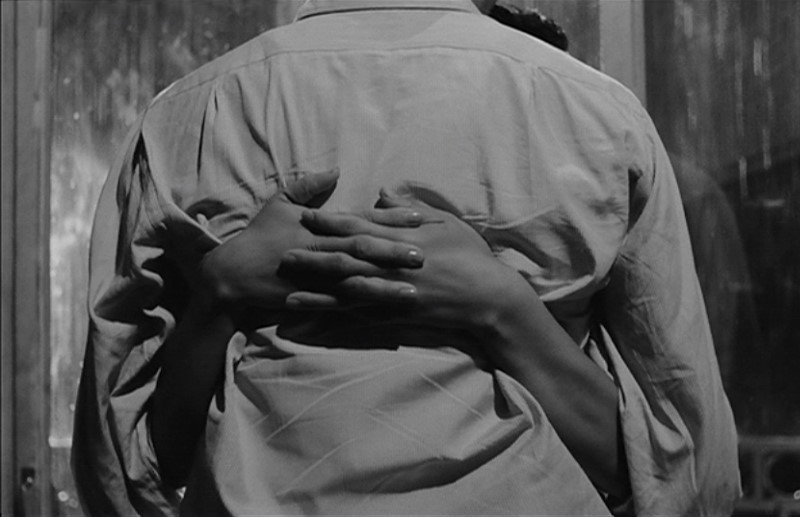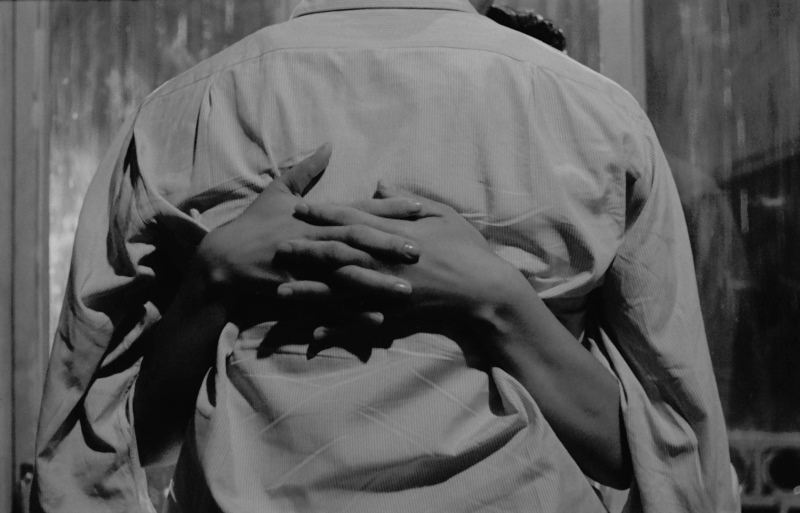|
Firstly, a massive thank you to our Patreon supporters. Your generosity touches me deeply. These supporters have become the single biggest contributing factor to the survival of DVDBeaver. Your assistance has become essential.
What do Patrons receive, that you don't?
1)
Our
weekly
Newsletter
sent to your Inbox every
Monday morning!
Please consider keeping us in existence with a couple of dollars or more each month (your pocket change!) so we can continue to do our best in giving you timely, thorough reviews, calendar updates and detailed comparisons. Thank you very much. |
![]()
![]()

![]()
![]()
|
Search DVDBeaver |
S E A R C H D V D B e a v e r |
|
|
World Cinema Project - Volume 1 aka Martin Scorsese’s World Cinema Project [Blu-ray]
NOTE: Criterion's 2021, individual, Touki Bouki Blu-ray is compared HERE
NOTE: We have reviewed Volume 2 HERE and Volume 3 HERE and Volume 4 HERE 9 discs (3 Blu-rays / 6 DVDs):Blu-ray One:Touki bouki (Djibril Diop Mambéty, 1973) / Redes (Emilio Gómez Muriel and Fred Zinnemann, 1936)
Blu-ray Two:A River Called Titas (Ritwik Ghatak, 1973) / Dry Summer (Metin Erksan, 1964)
Blu-ray Three:
|
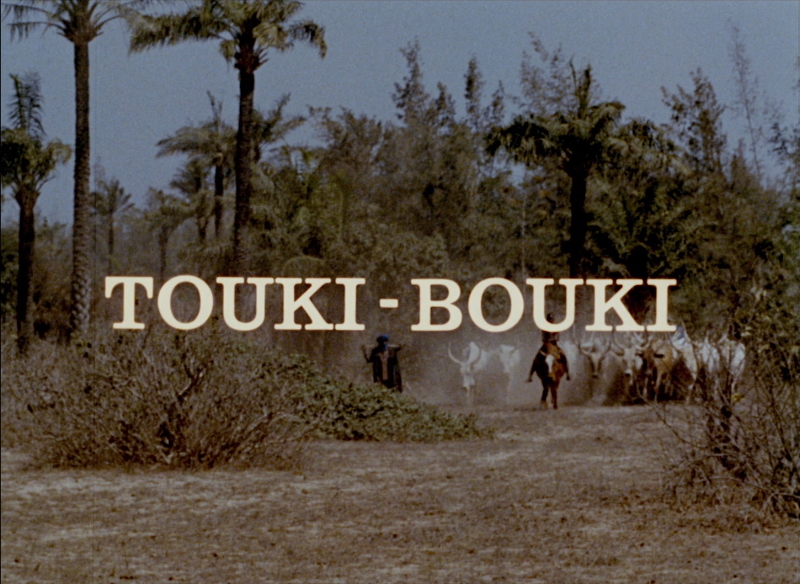 |
Touki Bouki (Senegal)
NOTE: Criterion's 2021, individual, Touki Bouki Blu-ray is compared HERE
Disc:
Runtime: 1:30:36.806
Disc Size: 47,336,042,261 bytes
Feature Size: 26,191,263,744 bytes
Video Bitrate: 28.49 Mbps
Chapters: 18
Bitrate:
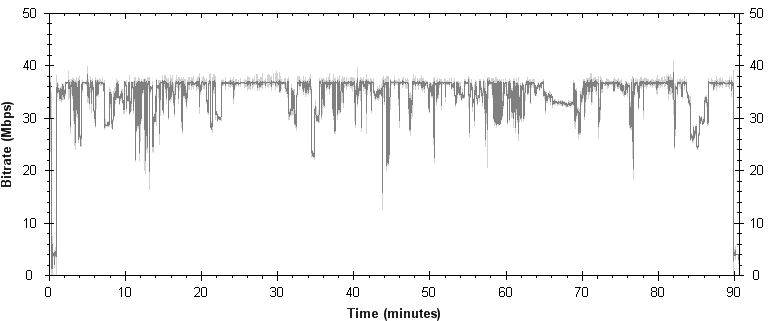 |
Video:
Aspect ratio: 1.33:1
Audio:
LPCM Audio Wolof 1152 kbps 1.0 / 48 kHz / 1152 kbps / 24-bit
Extras:
• Scorsese Introduction (2:16)
• Abderrahmane Sissako on Touki Bouki (11:57)
The Film:
With a stunning mix of the surreal and the naturalistic, Djibril Diop Mambéty paints a vivid, fractured portrait of Senegal in the early 1970s. In this French New Wave–influenced fantasy-drama, two young lovers long to leave Dakar for the glamour and comforts of France, but their escape plan is beset by complications both concrete and mystical. Characterized by dazzling imagery and music, the alternately manic and meditative Touki bouki is widely considered one of the most important African films ever made.
Excerpt from Criterion located HERE
Touki Bouki is a prophetic film. Its portrayal of 1973 Senegalese society is not too different from today’s reality. Hundreds of young Africans die every day at the Strait of Gibraltar trying to reach Europe (Melilla and Ceuta). Who has never heard of that before? All their hardships find their voice in Djibril’s film: the young nomads who think they can cross the desert ocean and find their own lucky star and happiness but are disappointed by the human cruelty they encounter. Touki Bouki is a beautiful, upsetting and unexpected film that makes us question ourselves. What a pleasure and what an achievement for Martin Scorsese’s Foundation to give Djibril Diop Mambéty a second life. To all those who support cinema: bravo! –Souleymane Cissé, May 2008
Excerpt from The World Cinema Foundation website located HERE
This 1973 first feature by Senegalese director Djibril Diop Mambety is one of the greatest of all African films and almost certainly the most experimental. Beautifully shot and strikingly conceived, it follows the comic misadventures of a young motorcyclist and former herdsman (Magaye Niang) who gets involved in petty crimes in Dakar during an attempt to escape to Paris with the woman he loves (Mareme Niang). The title translates as “Hyena's Voyage,” and among the things that make this film so interesting stylistically are the fantasy sequences involving the couple's projected images of themselves in Paris and elsewhere.
Excerpt from Jonathan Rosenbaum at the Chicago Reader located HERE
Image : NOTE: The below Blu-ray captures were taken directly from the Blu-ray disc.
Touki Bouki
looks wonderful on Blu-ray from Criterion. The image is rich with impressively bold colors. Detail is solid and the 1080P produces a beautiful, 1.33:1, presentation. There is no noise, or artifacts, but black levels can seem extremely intense almost moiring. This Blu-ray his exquisite with a visually striking appearance.
Notes on restoration: Touki Bouki has been digitally restored at 2K resolution using the original 35 mm camera and sound negatives provided by the director’s son Teemour Diop Mambéty and preserved at the GTC in Paris. Digital restoration brought the film’s original chromatic elements to light. At the end of the digital process a new 35 mm internegative was produced.
CLICK EACH BLU-RAY CAPTURE TO SEE ALL IMAGES IN FULL 1920X1080 RESOLUTION
Audio :
Criterion offer a linear PCM 1.0 channel at 1152 kbps. The original Wolof dialogue sounds clean and the scattered parts are flat and a function of the original. There are optional English (SDH) subtitles and m
y Oppo has identified it as being a region 'A'-locked.
Extras :
As with all, a Scorsese introduction - but also 12-minutes of Abderrahmane Sissako discussing Touki Bouki.
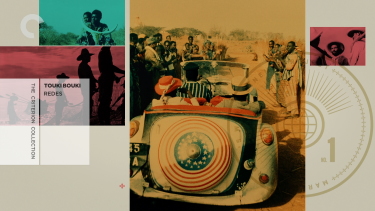 |
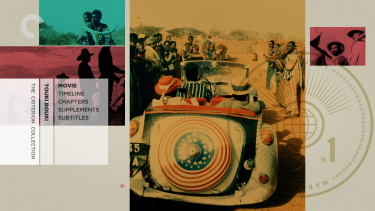 |
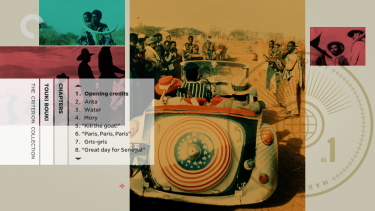 |
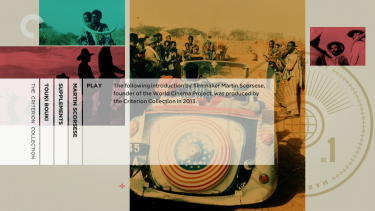 |
|
|
|
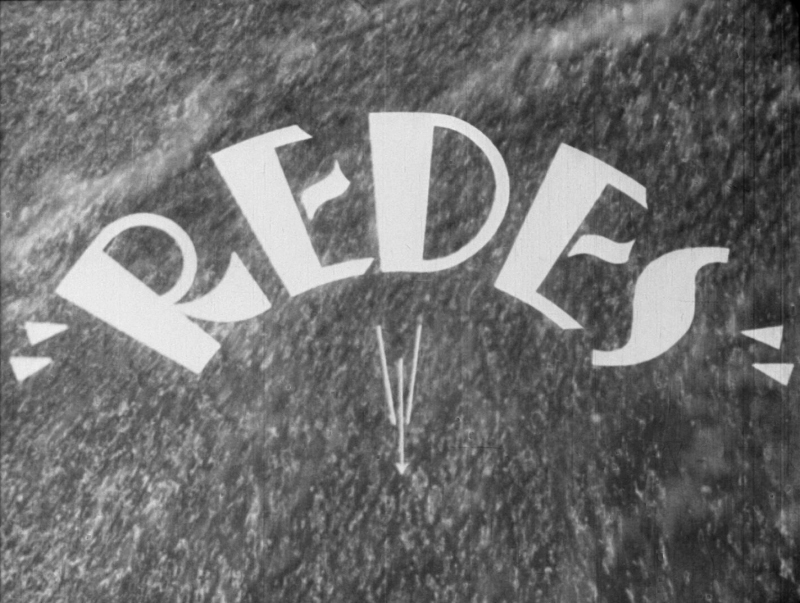 |
Redes
aka The Wave (Mexico)
Disc:
Runtime: 1:00:42.263
Disc Size: 47,336,042,261 bytes
Feature Size: 17,540,536,320 bytes
Video Bitrate: 34.47 Mbps
Chapters: 14
Bitrate:
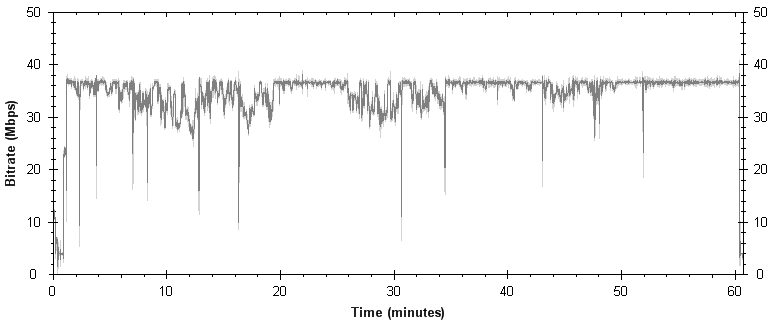 |
Video:
Aspect ratio: 1.33:1
Audio:
LPCM Audio Spanish 1152 kbps 1.0 / 48 kHz / 1152 kbps / 24-bit
Extras:
• Scorsese Introduction (1:57)
• Visual Essay on Redes by Kent Jones (7:43)
The Film:
Early in his career, the Austrian-born future Oscar winner Fred Zinnemann codirected with Emilio Gómez Muriel the politically and emotionally searing Redes. In this vivid, documentary-like dramatization of the daily grind of men struggling to make a living by fishing on the Gulf of Mexico (mostly played by real- life fishermen), one worker’s terrible loss instigates a political awakening among him and his fellow laborers. A singular coming together of talents, Redes, commissioned by a progressive Mexican government, was cowritten and gorgeously shot by the legendary photographer Paul Strand.
Excerpt from Criterion located HERE
The film – the first (and last) of its kind – was expected to play a small part in the Government’s plan to educate millions of illiterate citizens throughout the enormous country and bring them out of their isolation. […] The picture was to be made for the Federal Department of Fine Arts, headed by composer Carlos Chávez. The producer would be Paul Strand. […] We had recruited practically all ‘actors’ from among the local fishermen, who needed to do no more than be themselves. They were splendid and loyal friends, and working with them was a joy. In addition to acting, they carried all the equipment, rowed the boats and did a multitude of other jobs, earning more money than ever before – forty-five cents per day, per man – and enjoying themselves hugely. […] I’m told that some years later the Nazis found the negative in Paris and burned it. A few prints still exist. –Fred Zinnemann.
Excerpt from WorldCinemaFoundation located HERE
Image : NOTE: The below Blu-ray captures were taken directly from the Blu-ray disc.
Redes
looks the weakest of the six films on Blu-ray in Criterion's package. The image, even after restoration, is fraught with damage marks usually in the form of light scratches. It is transferred in its original 1.33:1 aspect ratio and the presentation seems more like it was from 16mm (despite the 35mm safety duplicate negative). The textures are appealing. There is no noise, or artifacts, but the image is soft and flat. Contrast seems muddy at times but I don't doubt that via this Blu-ray this is the best the film can look as the hour-long film has a max'ed out bitrate. I could still appreciate the film despite its age and poor source.
Notes on restoration: The restoration of Redes used the best surviving materials, namely a 35mm safety duplicate negative and a positive print preserved at the Filmoteca de la UNAM in Mexico. The digital restoration produced a new 35mm internegative.
CLICK EACH BLU-RAY CAPTURE TO SEE ALL IMAGES IN FULL 1920X1080 RESOLUTION
Audio :
Criterion
offer another linear PCM mono track at 1152 kbps. The original Spanish dialogue sounds a tad muffled and out-of-sync at times but again the restoration is more-or-less at the mercy of the best surviving elements. It was audible but nothing more. I expect the uncompressed sound is the best we are likely to get for this masterpiece. There are optional English (SDH) subtitles and my Oppo has identified it as being a region 'A'-locked.
Extras :
As with all, a Scorsese introduction - but also there is an 8-minute, excellent, visual essay on Redes by Kent Jones. I really enjoyed his insights.
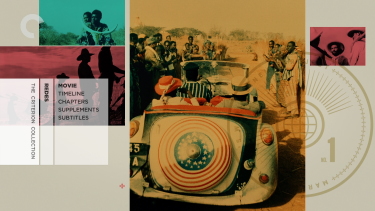 |
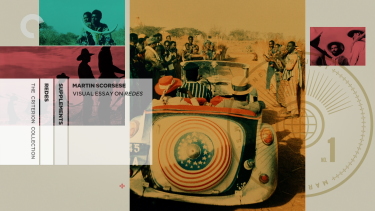 |
 |
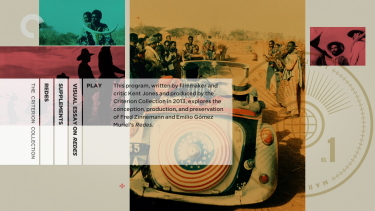 |
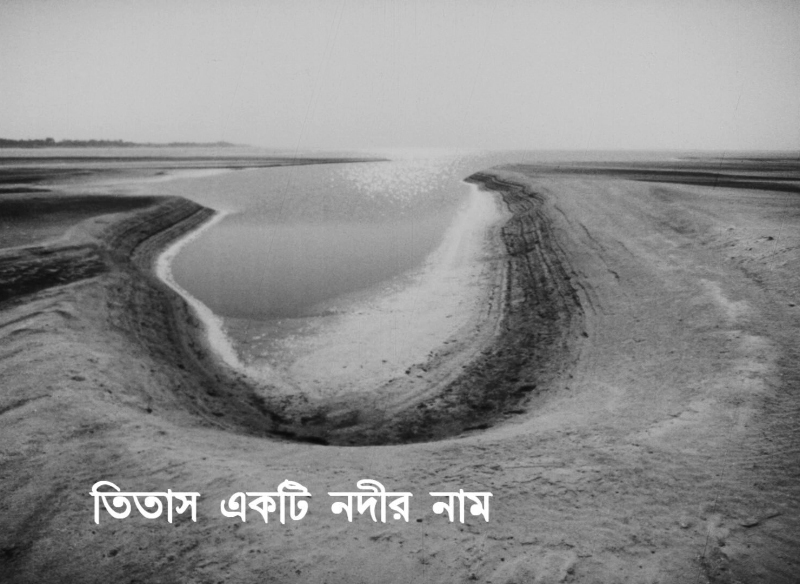 |
A River Called Titas
aka Titash Ekti Nadir Naam (India)
Disc:
Runtime: 2:38:33.504
Disc Size: 47,680,302,630 bytes (shared with Dry Summer below)
Feature Size: 27,908,849,664 bytes
Video Bitrate: 20.03 Mbps
Chapters: 30
Bitrate:
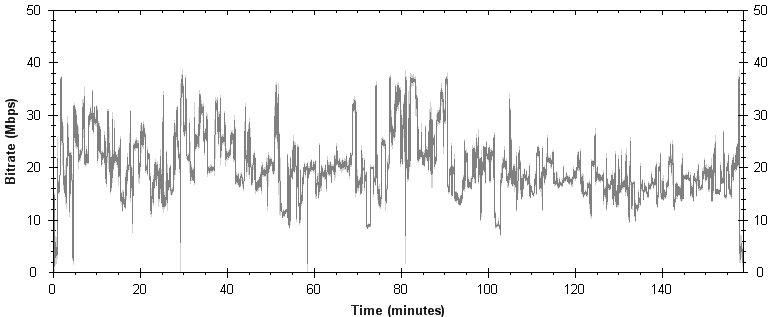 |
Video:
Aspect ratio: 1.33:1
Audio:
LPCM Audio Bengali 1152 kbps 1.0 / 48 kHz / 1152 kbps / 24-bit
Extras:
• Scorsese Introduction (2:40)
• Kumar Shahani on A River Called Titas (15:34)
The Film:
The Bengali filmmaker Ritwik Ghatak’s stunningly beautiful, elegiac saga concerns the tumultuous lives of people in fishing villages along the banks of the Titas River in pre-Partition East Bengal. Focusing on the tragic intertwining fates of a series of fascinating characters—in particular, the indomitable widow Basanti—Ghatak tells the poignant story of an entire community’s vanishing way of life. Made soon after Bangladesh became an independent nation, the elliptical, painterly A River Called Titas is a grand epic from a director who has had a devoted following for decades.
Excerpt from Criterion located HERE
If you were eighteen years old, growing up in New Delhi, a student of cinema, a cinephile or a plain film snob, it was given that you would swoon over the film-maker Ritwik Ghatak and spend endless hours in the Delhi University canteen discussing his films, his alcoholism, and his eventual death from Tuberculosis. An ‘avant garde’ Writer and Director, Ghatak had caught the imagination of many of us who carried Mao’s Red Book’ and quoted liberally from it (in English) at the drop of a hat. After all, didn’t Ghatak (a card carrying Communist) film the extreme poverty and the cultural extinction of Bengal by Imperialism? Because of the political ‘din’ surrounding much of Ghatak’s work, ironically the work itself, as opposed to the man’s personality and politics, got neglected by the legion of his die-hard fans (me included!). It was only years later when I saw his epic, A River Called Titas, that I swooned for totally different reasons. The film is a work of pure genius. A passionate elegy for a dying culture, it moved me profoundly, and continues to haunt me to this day. Based on a novel by the Bengali author Advaita Barman and adapted for the screen by Ghatak, A River Called Titas, tells the raw and powerful story of a dying river and a dying culture. –Deepa Mehta, May 2010.
Excerpt from WorldCinemaFoundation located HERE
Image : NOTE: The below Blu-ray captures were taken directly from the Blu-ray disc.
A River Called Titas
looks the extremely solid on Blu-ray considering the past BFI PAL DVD version I have seen. Contrast is solid and the 1080P produces a beautiful, 1.33:1, presentation. There is no noise, or artifacts, and there is some impressive detail. This Blu-ray has an even consistency with texture hints. The 2.5 hour film has a bitrate in the low 20's but the restoration and HD transfer have done the film proud with a rich presentation. The film is a towering masterpiece!
Notes on restoration: The restoration of A River called Titas used the camera and sound negatives and a positive print provided by the Ritwik Memorial Trust and held at the National Film Archive of India. As the original negative is incomplete and some reels were severely damaged, a combined lavender and a positive print provided by the Bundesarchiv-Filmarchiv were also used. The digital restoration produced a new 35 mm internegative.
CLICK EACH BLU-RAY CAPTURE TO SEE ALL IMAGES IN FULL 1920X1080 RESOLUTION
Audio :
Criterion transfer the film's audio via a LPCM mono track in original Bengali at 1152 kbps. It sounds predictably flat but there is some pleasing depth spread around. There are optional English (SDH) subtitles and m
y Oppo has identified it as being a region 'A'-locked.
Extras :
Another good groundwork for appreciating the film with Scorsese's introduction - and we also get Kumar Shahani, the notable Indian film director, on A River Called Titas for over 15-minutes discussing its importance and impact both nationally and internationally.
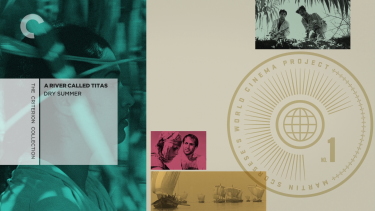 |
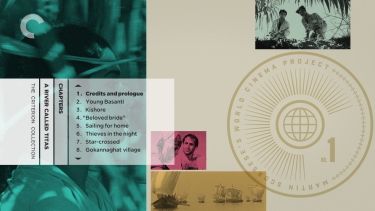 |
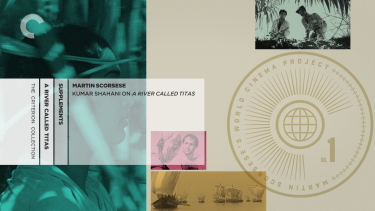 |
|
 |
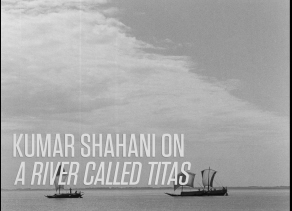 |
 |
Dry Summer aka Susuz yaz (Turkey)
Disc:
Runtime: 1:32:05.561
Disc Size: 47,680,302,630 bytes
Feature Size: 16,179,904,512 bytes
Video Bitrate: 19.92 Mbps
Chapters: 20
Bitrate:
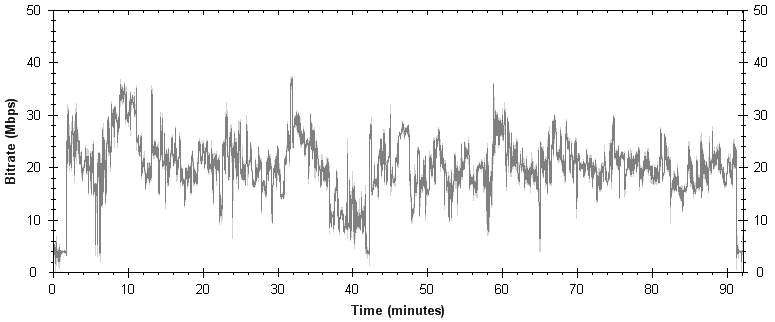 |
Video:
Aspect ratio: 1.33:1
Audio:
LPCM Audio Turkish 1152 kbps 1.0 / 48 kHz / 1152 kbps / 24-bit
Extras:
• Scorsese Introduction (2:03)
• Metin Erksan and Faith Akin on Dry Summer (15:08)
The Film:
Winner of the prestigious Golden Bear at the 1964 Berlin International Film Festival, Metin Erksan’s wallop of a melodrama follows the machinations of an unrepentantly selfish tobacco farmer who builds a dam to prevent water from flowing downhill to his neighbors’ crops. Alongside this tale of soul-devouring competition is one of overheated desire, as a love triangle develops between the farmer, his more decent brother, and the beautiful villager the latter takes as his bride. A benchmark of Turkish cinema, this is a visceral, innovatively shot and vibrantly acted depiction of the horrors of greed.
Excerpt from Criterion located HERE
Dry Summer is a film of passion. A passion for water as well as the obsessive passion created by forbidden love. […] Dry Summer is a film of captivity… Authorities at the time objected to Dry Summer representing Turkey overseas, which presented all kinds of obstacles when the film came to the Berlin Film Festival. The film walked away with the Golden Bear, but before success could even be celebrated it was ‘taken captive’ and completely forgotten for the next 45 years. Today, in these times of intellectually dry summers, when greed is driving humanity to the brink of starvation, this film could hardly be more valid. Dry Summer is one of the most important legacies of Turkish cinema, and thanks to restoration it can be re-discovered by the next generations of audiences all over the world. –Fatih Akin, May 2008
.Image : NOTE: The below Blu-ray captures were taken directly from the Blu-ray disc.
Dry Summer appears true to the source on Blu-ray from Criterion - less robust than the corresponding The Masters of Cinema transfer but as I can't really tell the difference (the Criterion may be slightly waxy). The image is clean - contrast fairly strong with black levels improving in the second half. It's transferred in the original 1.33:1 aspect ratio. Essentially single-layered (sharing the dual-layered disc with A River Called Titas.) I didn't notice that the digitally reconstruction overtly altered the consistency of the presentation. The 1080P presentation was crisp enough to fully appreciate the film.
Notes on the restoration: The restoration of Susuz Yaz used the original 35mm camera negative and the original 17.5 mm sound negative and recaptured the black and white film’s tonal nuances. The film’s producer, Ulvi Dogan, provided the prints. An interpositive preserved at the Friedrich Wilhelm Murnau Stiftung in Wiesbaden was used for the negative’s last missing reel. The opening and closing credits, missing from all available sources, have been digitally reconstructed.
CLICK EACH BLU-RAY CAPTURE TO SEE ALL IMAGES IN FULL 1920X1080 RESOLUTION
Audio :
Comments, largely, duplicated from the MoC review; transferred in a linear PCM mono channel in original Turkish at 1152 kbps . The post-DUB/ing can seem awkward - but you soon get used to it. I trust the uncompressed is a strong replication of the original sound quality - about as limited in dynamic range and as unremarkable, flat, as one might imagine. Despite that it supports the film's dialogue well enough. There are optional English (SDH) subtitles and m
y Oppo has identified it as being a region 'A'-locked.
Extras :
Another 2-minute Scorsese introduction - and we also get 15-minutes of Metin Erksan - the Turkish film director and art historian and Fatih Akin, the Turkish-German film director, screenwriter and producer - talk about Dry Summer.
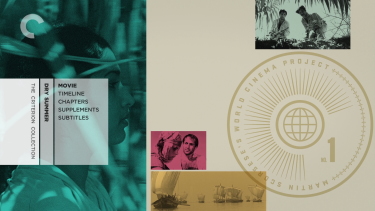 |
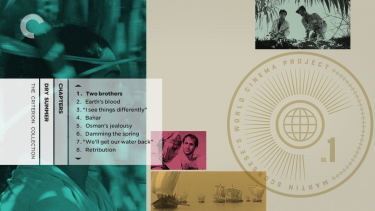 |
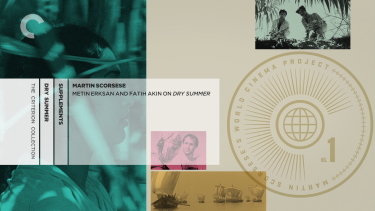 |
 |
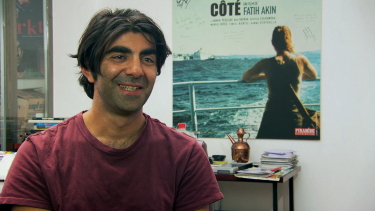 |
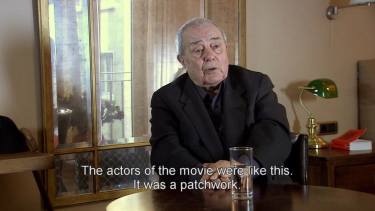 |
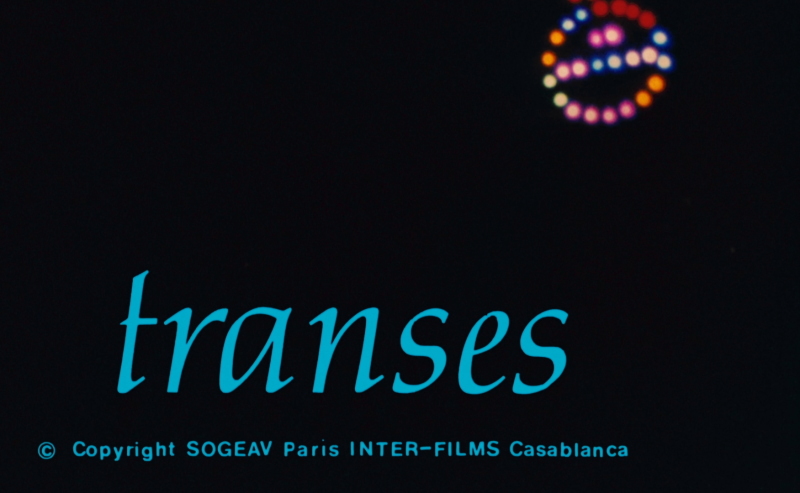 |
Trances aka Transes (Morocco)
Disc:
Runtime: 1:29:34.952
Disc Size: 46,323,827,783 bytes
Feature Size: 18,543,218,688 bytes
Video Bitrate: 23.99 Mbps
Chapters: 17
Bitrate:
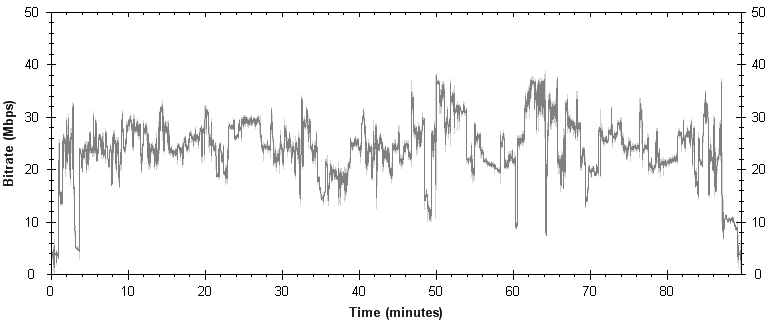 |
Video:
Aspect ratio: 1.66:1
Audio:
LPCM Audio Arabic 1152 kbps 1.0 / 48 kHz / 1152 kbps / 24-bit
Extras:
• Scorsese Introduction (2:00)
• On Trances - Omar Sayed, Izza Genini, Ahmed El Maanouni, and Martin Scorsese (18:04)
The Film:
The beloved Moroccan band Nass El Ghiwane is the dynamic subject of this captivating musical documentary. Storytellers through song, with connections to political theater, the band became an international sensation (Western music critics have often referred to them as “the Rolling Stones of North Africa”) thanks to their political lyrics and sublime, fully acoustic sound, which draws on the Moroccan trance music tradition. Both a concert movie and a free-form audiovisual experiment, Ahmed El Maânouni’s Trances is cinematic poetry.
Excerpt from Criterion located HERE
“It was in 1981 while I was editing a film, The King of Comedy. We worked at night so no one would call us on the telephone and I would have television on, and one channel in New York at the time, around 2 or 3 in the morning, was showing a film called Transes. It repeated all night and it repeated many nights. And it had commercials in it, but it didn’t matter. So I became passionate about this music that I heard and I saw also the way the film was made, the concert that was photographed and the effect of the music on the audience at the concert. I tracked down the music and eventually it became my inspiration for many of the designs and construction of my film The Last Temptation of Christ. […] And I think the group was singing damnation: their people, their beliefs, their sufferings and their prayers all came through their singing. And I think the film is beautifully made by Ahmed El Maanouni; it’s been an obsession of mine since 1981 and that is why we are inaugurating the Foundation with Trances.” –Martin Scorsese, May 2007
Excerpt from WCF located HEREA documentary on the music group Nass El Ghiwane. We eavesdrop on the group, whose troubadour style has won them a large and rapturous following in their home country of Morocco. The debt owed to the musical traditions of their faith and land is freely acknowledged, and vividly brought to mind by the trance-like state their compelling, percussive music induces in their fans. Amid nostalgic and folkloric anecdotes, they bicker over recording contracts. Nothing new here, but interesting.
Excerpt from TimeOut Film Guide located HEREImage : NOTE: The below Blu-ray captures were taken directly from the Blu-ray disc.
Like Dry Summer the Masters of Cinema transfer is more robust than the Criterion 1080P, but I wasn't able to determine any significant differences toggling back and forth - so my comments duplicated comments remain valid. "Trances is a 16mm documentary and has a rougher, vérité feel to the image quality. It shows significant grain and is, predictably, neither glossy nor pristinely sharp but shows some pleasing textures and I would guess the 1.66:1 aspect ratio 1080P transfer is a strong replication of the original appearance after the extensive restoration work involved. This Blu-ray image can surprise with some pleasing detail in close-ups and separation of colors. It supplies a good presentation."
Notes on the restoration: The restoration of Transes used the original 16mm camera and sound negative provided by producer Izza Génini. The camera negative was restored both photochemically and digitally and blown-up to 35mm format. The sound negative was restored to Dolby SR and digital.
CLICK EACH BLU-RAY CAPTURE TO SEE ALL IMAGES IN FULL 1920X1080 RESOLUTION
Audio :
C
riterion's linear PCM transfer is mono but I can't distinguish between it and the MoC (it may be marginally tinnier). So, I'll duplicate my comments; the original Arabic is mastered in 2.0 channel at 1536 kbps. The sound negative was restored to Dolby SR and digital and the concert footage exports the music with some occasional depth although it suffers from the limitations of the original production. There are no drop-out, pops etc. flaws but is, obviously, not particularly dynamic. There are optional English (SDH) subtitles and my Oppo has identified it as being a region 'A'-locked.
Extras :
A 2-minute Scorsese introduction and an 18-minute piece with Omar Sayed, Izza Genini, the director of Trances Ahmed El Maanouni, and Martin Scorsese .
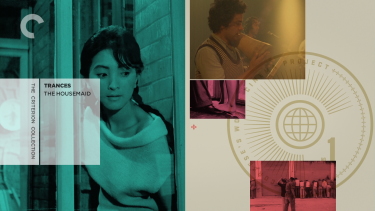 |
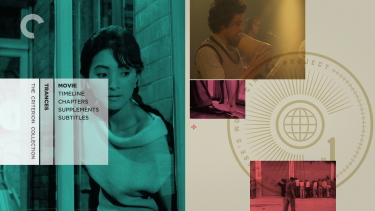 |
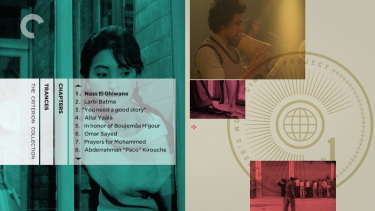 |
 |
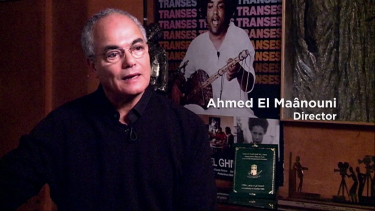 |
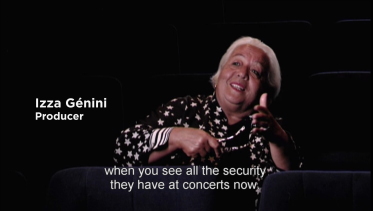 |
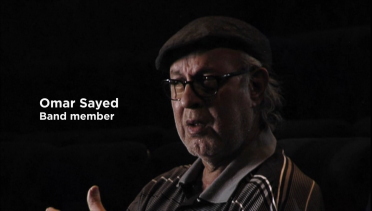 |
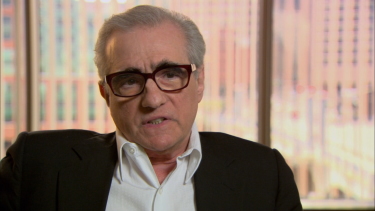 |
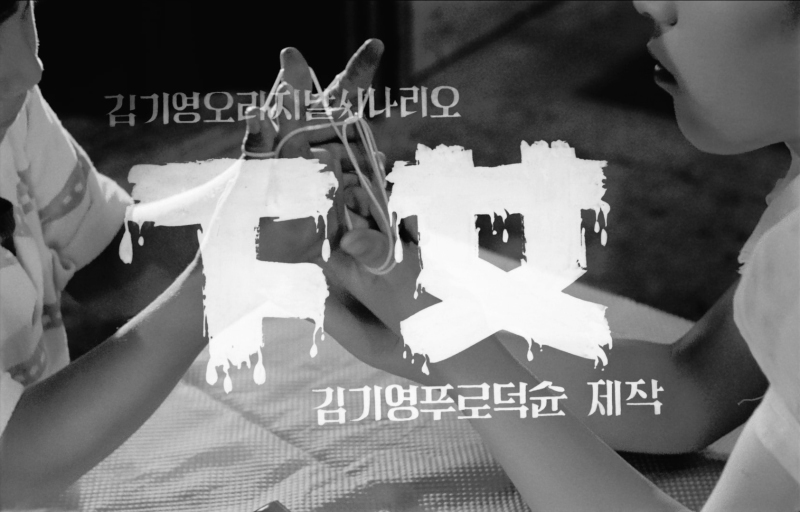 |
The Housemaid aka Hanyo (Korea)
Disc:
Runtime: 1:51:39.275
Disc Size: 46,323,827,783 bytes
Feature Size: 23,103,897,600 bytes
Video Bitrate: 23.98 Mbps
Chapters: 21
Bitrate:
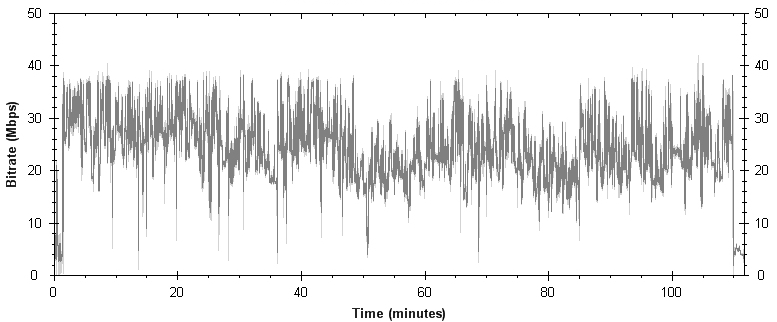 |
Video:
Aspect ratio: 1.56:1
Audio:
LPCM Audio Korean 1152 kbps 1.0 / 48 kHz / 1152 kbps / 24-bit
Extras:
• Scorsese Introduction (2:17)
• Bong Joon-Ho on The Housemaid(15:04)
The Film:
Widely considered one of the best Korean films of all time, the 1960 black and white classic The Housemaid director is known for his psychodramas and sexual horror films, Kim Ki Young made The Housemaid in the early years of a career that would see him continuously pushing the boundaries of cinema. This domestic noir about sexual obsession and a family's dreadful unraveling shocks and thrills even half a century later. The Housemaid stars Lee Eun Shim as the eponymous femme fatale, and Kim Jin Kyu and Ju Jeung Ryu - two of the greatest stars from the Golden Age of Korean Cinema - as the married couple who self-destruct under her will. Acclaimed actor Ahn Sung Ki, only eight years old at the time, also appears in the film. Great efforts were taken by the Korean Film Archive and World Cinema Foundation to digitally restore and remaster The Housemaid, unveiling this great masterpiece to film fans worldwide.
Excerpt from the DVDBeaver Review located HERE
Middle-aged composer Dong Sik (Kim Jin Kyu) has his hands full trying to provide for his pregnant wife (Ju Jeung Ryu) and two kids. He hires a housemaid (Lee Eun Shim) to help out around the house, but the strange and sultry young woman has other plans in mind as she sets out to seduce Dong Sik. Tragedy begets tragedy, as wife and mistress face off in increasingly manipulative and horrifying manners for power over the household and their clueless lover.
Kim Ki-young’s Hanyo, or The Housemaid, is one of the true classics of South Korean cinema, and when I finally had the opportunity to see the picture, I was startled. That this intensely, even passionately claustrophobic film is known only to the most devoted film lovers in the west is one of the great accidents of film history. I’m proud that the World Cinema Foundation is participating in the restoration and preservation of this remarkable picture. I am eager for more people to get to know and love The Housemaid. –Martin Scorsese, February 2008
Excerpt from WorldCinemaFoundation located HERE
Image : NOTE: The below Blu-ray captures were taken directly from the Blu-ray disc.
The Housemaid
probably had some of the most extensive restoration and while the minutia of the 'removed' subtitles through software was less-evident on DVD - via the scrutiny of the higher resolution it is more apparent that there is some notable digitization. I don't think it looks unwatchable just the remnants of the restoration software-process are more evident. The Criterion is slightly brighter, and generally smoother, than the 2009 SD we have compared below. Contrast is more layered and black levels deeper. When you click to see the large captures you can distinguish noise in the darker segments and artifacts that seem to flatten the overall image - impinging depth. I trust the best was done to rescue The Housemaid but its kind of ironic that these weaknesses become more visible on Blu-ray. If you put the magnifying glass way you can still enjoy a brilliant film.
Notes on restoration: Hanyo has been restored digitally by the Korean Film Archive (KOFA) with the support of the World Cinema Foundation. The original negative of the film was found in 1982 with two missing reels, 5 and 8. In 1990 an original release print with hand-written English subtitles was found and used to complete the copy. This surviving print was highly damaged, and the English subtitles occupied almost half of the frame area. The long and complex restoration process has involved the use of a special subtitle-removal software and included flicker and grain reduction, scratch and dust removal, color grading.
CLICK EACH BLU-RAY CAPTURE TO SEE ALL IMAGES IN FULL 1920X1080 RESOLUTION
|
1) Korean Federation of Film Archives
- Region 0 - NTSC TOP
|
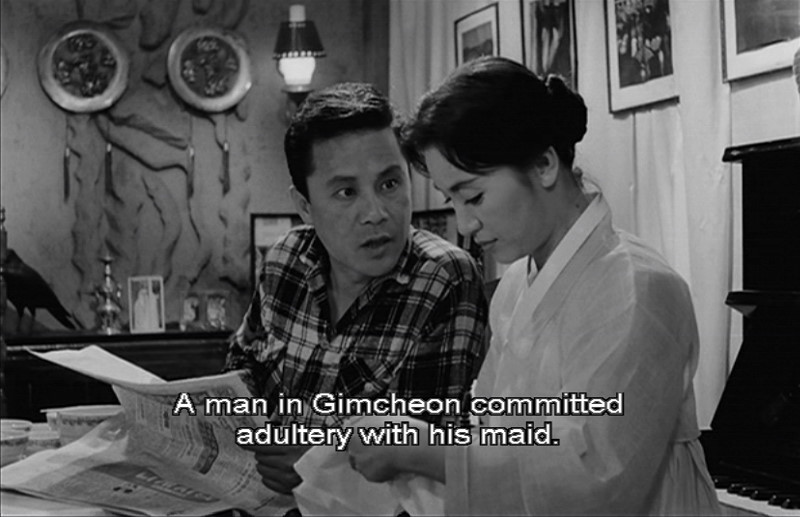 |
| 1) Korean Federation of Film
Archives - Region 0 - NTSC TOP 2) Criterion - Region 'A' - Blu-ray - BOTTOM |
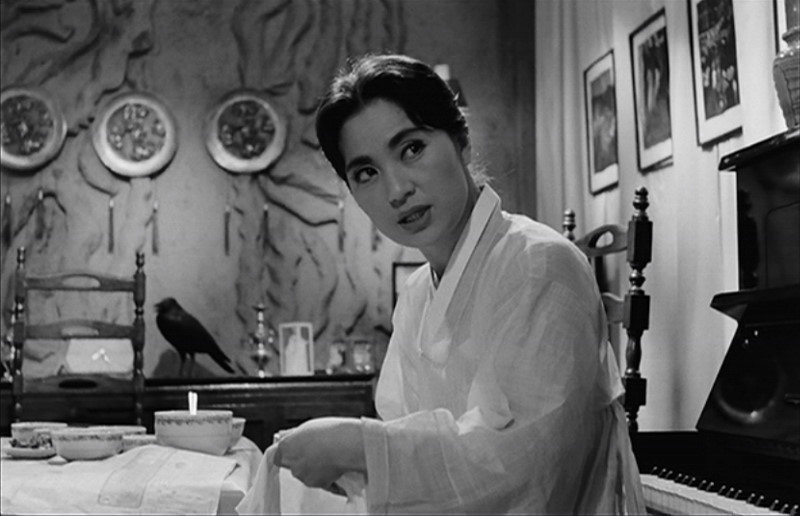 |
|
1) Korean Federation of Film Archives
- Region 0 - NTSC TOP
|
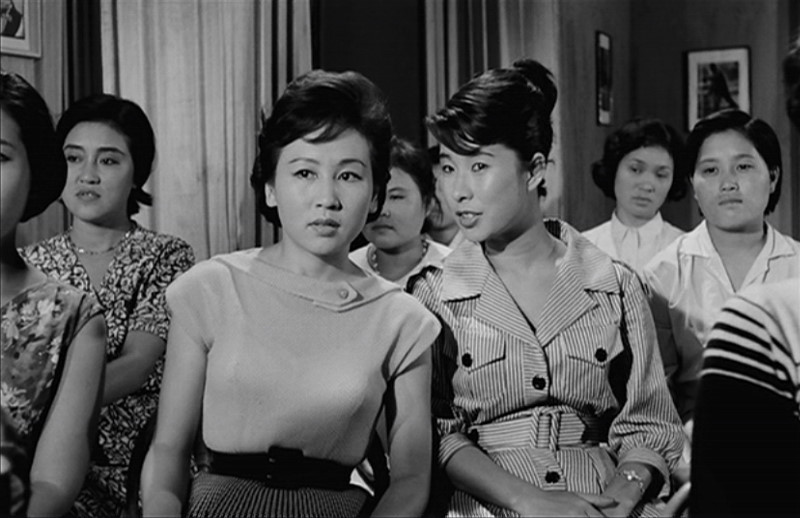 |
|
1) Korean Federation of Film Archives
- Region 0 - NTSC TOP
|
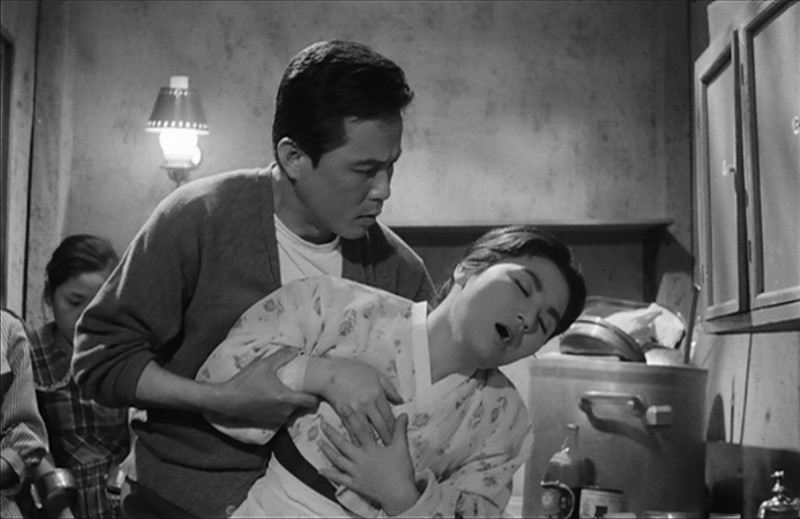 |
|
1) Korean Federation of Film Archives
- Region 0 - NTSC TOP
|
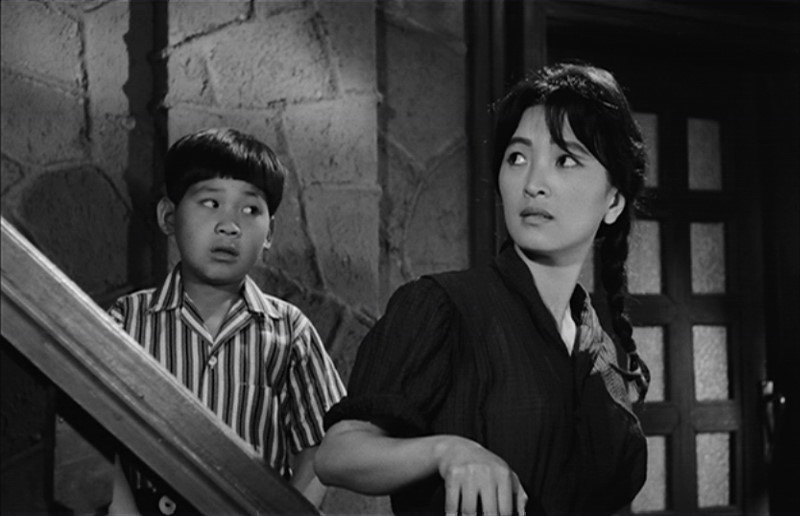 |
|
1) Korean Federation of Film Archives
- Region 0 - NTSC TOP
|
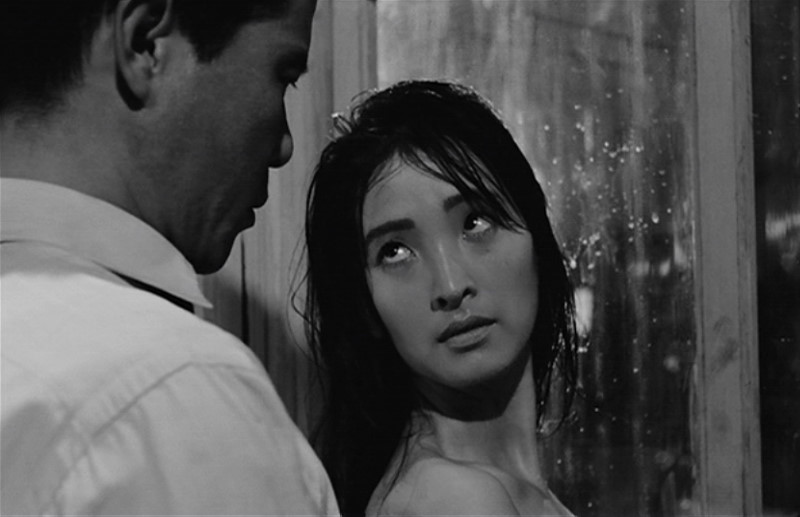 |
Audio :
Consistent with the other transfers and strongly representational of the original film we get another linear PCM mono track at 1152 kbps - this time in Korean. It fares much better than the image - authentically flat but clear and without notable flaws. Dialogue is audible and consistent. There are optional English (SDH) subtitles and m
y Oppo has identified it as being a region 'A'-locked.
Extras :
A 'Marty' introduction (I feel I can call him this as we share the same birthday) for about 2-minutes. Plus we get an interesting 15-minutes with Bong Joon-Ho on The Housemaid (writer/director of Memories of Murder and Mother etc.). These additions have real benefit to appreciation of the films. Great job Criterion.
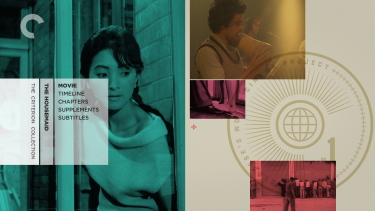 |
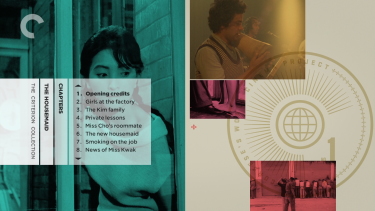 |
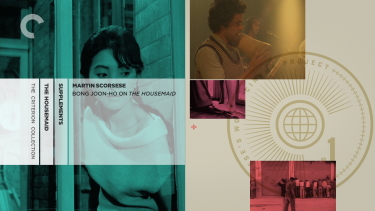 |
 |
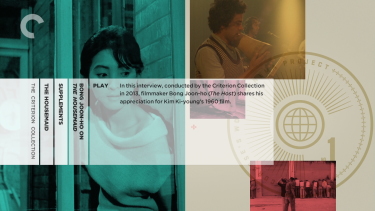 |
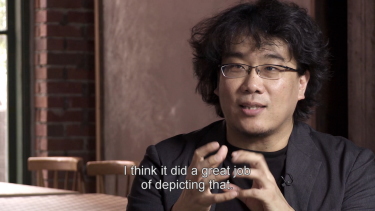 |
BOTTOM LINE:
My second viewing of Trances definitely improved my opinion
of the film and bolstered my appreciation. Ditto for A
River Called Titas - seeing it in the glory of HD - if
possible, I rate this masterpiece even higher. Touki
Bouki is brilliant - I can't wait to see it again. I
probably need to see the Mexican Redes again to get
the most out of it. I was concentrating a bit too much on
the quality. My opinion of Dry Summer remains very
strong. This may be, for many, the set of the year. We are
talking abbot a package stacked with important, restored,
world cinema, with some valuable extras. Our highest
recommendation!
Gary Tooze
November 21st, 2013
|
About the Reviewer: Hello, fellow Beavers! I have been interested in film since I viewed a Chaplin festival on PBS when I was around 9 years old. I credit DVD with expanding my horizons to fill an almost ravenous desire to seek out new film experiences. I currently own approximately 9500 DVDs and have reviewed over 3500 myself. I appreciate my discussion Listserv for furthering my film education and inspiring me to continue running DVDBeaver. Plus a healthy thanks to those who donate and use our Amazon links.
Although I never wanted to become one of those guys who
focused 'too much' on image and sound quality - I
find HD is swiftly pushing me in that direction. 60-Inch Class (59.58” Diagonal) 1080p Pioneer KURO Plasma Flat Panel HDTV PDP6020-FD
Oppo Digital BDP-83 Universal Region FREE Blu-ray/SACD
Player APC AV 1.5 kVA H Type Power Conditioner 120V Gary W. Tooze ALL OUR NEW FORMAT DVD REVIEWS
|
![]()
![]()

![]()
![]()



